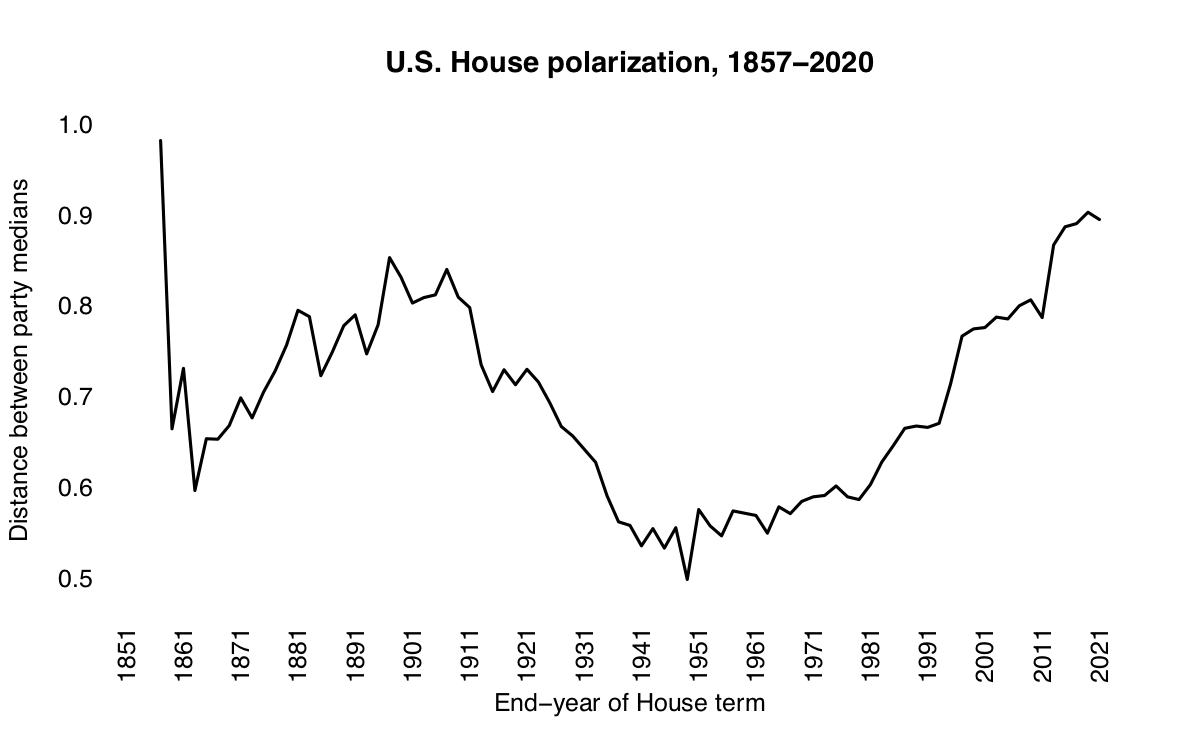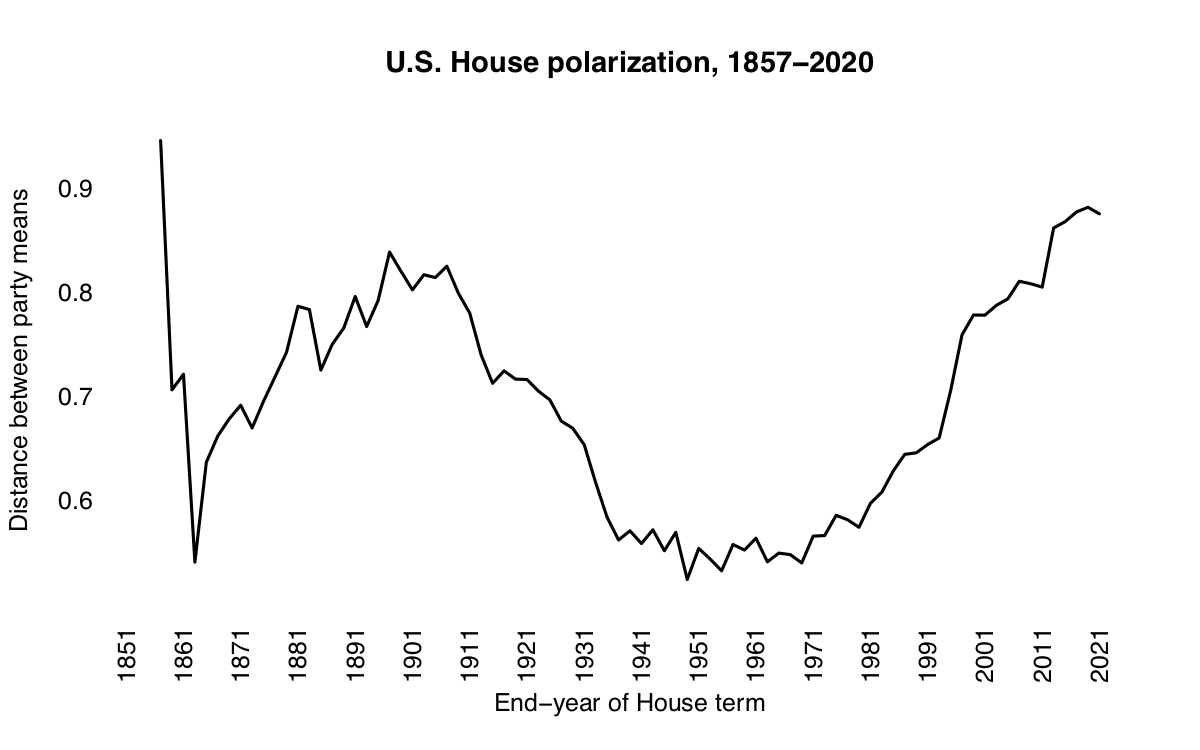This fall, Massachusetts voters will decide on preferential (aka ranked choice) voting. Political science is polarizing on the larger issue, although there is an impressive and diverse list of scholarly endorsers, at least in this case. Here are some observations on the Massachusetts measure.
First, let’s be precise about what’s on the ballot. RCV will apply to “all state and federal elections in Massachusetts, both primary and general elections,” but not presidential elections (per the Yes on 2 website).
The measure would not affect the composition of primary electorates. In other words, it would not let Republicans influence Democratic nominations, nor vice-versa, any more than the current rules. Under those rules, according to the group Open Primaries, unaffiliated voters already may vote in the primary of either party. Registered Republicans and Democrats, however, must vote in their respective parties’ primaries (or not at all). RCV in Massachusetts would not change this rules constellation.
Other recent RCV proposals would change primary electorates. These proposals incorporate California-style “top two,” better understood as a nonpartisan two-round system. Such systems do not let a party advance a single candidate (or slate) to the decisive election. My understanding of “top two” is that it has been hard on Democratic Party establishments, and organized labor in particular. One can imagine those fortunes changing, but, for now, this seems to be the big effect.
Also, it is crucial to understand the reform coalition itself. In Massachusetts, as far as we can tell, it is Libertarians, “libertarians,” and a good chunk of the Democratic Party establishment. The measure therefore reflects a broader, ongoing realignment in American politics. I suspect these groups would coordinate anyway, in the absence of a ranked ballot, given the current state of the Republican Party brand.
One common argument in reform circles is that RCV stimulates candidate entry, and victory, by women and people of color. The fact that it worked out this way in the California Bay Area may have more to do with the reform coalition than the reform itself. One of my current research projects is to see whether the reform itself plausibly has this effect. My priors really are not sharp. On the one hand, the Alternative Vote is a very modest reform. Far more important are district magnitude and the size of an assembly. On the other hand, at least recently, women have tended to do well in both single-seat RCV and runoff systems. The runoff evidence is from Cynthia McClintock and Joseph Cerrone, who presented yesterday in my APSA panel. Their evidence comes from Latin America and shows that, in recent years, women have done better under runoffs than in single-round systems. The RCV evidence is from Represent Women (and does not cover non-RCV cases). Finally, some have argued that MA needs RCV because its primaries already are crowded. Maybe that says something about the effect of reform itself.
It also is worth noting that, historically, in foreign countries, single-seat RCV has been used to stop the economic left from winning. British Columbia in the 1950s and Australia in the 1910s are glaringly obvious cases of this. Again, however, this may have more to do with reform coalitions than the substance of reform itself. A similar reform (runoffs) once was used to insulate a liberal-labor coalition. Many left-labor-type groups formally support the MA measure: an SEIU local, Our Revolution, etc.
Overall, the Massachusetts package feels pretty “safe.” If anything, it seems like it will let people do what they plan to do anyway.

